
Toy CPC Certification: ASTM F963 Amazon Compliance
Want to successfULly enter the U.S. market with children’s products? CPC Certification is an essential and unavoidable step. Whether it’s toys, children’s apparel, or maternal and infant products, any item intended for children aged 12 and under must pass this mandatory safety certification. Today, we’ll provide a comprehensive overview of CPC Certification and also discuss Amazon’s DV Validation program to help you navigate the entire compliance and listing process smoothly.
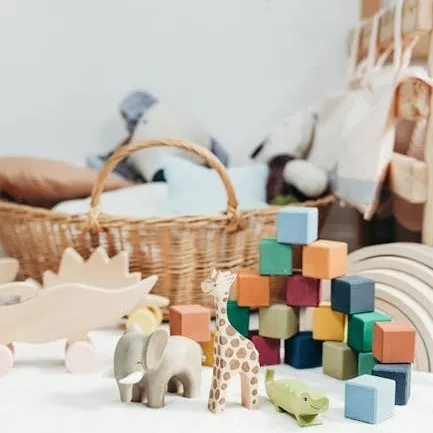
What is CPC Certification?
CPC stands for Children’s Product Certificate, established by the 2008 U.S. Consumer Product Safety Improvement Act (cpsia). It is a statutory safety certification system for products intended for children aged 12 and under. Simply put, it is the “entry permit” for children’s products to enter the U.S. market — without it, products cannot be legally sold in the U.S.
Applicable product categories include but are not limited to:
① Toys: building blocks, dolls, electronic toys, etc.
② Maternal and infant products: cribs, baby bottles, pacifiers, etc.
③ Children’s clothing and accessories: kids’ apparel, shoes, etc.
What Must a CPC Certificate Include?
A compliant CPC certificate must contain 7 core elements, with no omissions:
① Applicable regulations and standards:Clearly list the CPSIA standards and testing requirements the product follows.
② Importer and manufacturer information:Provide the name, address, and contact details of the importer (if produced overseas) or manufacturer (if produced domestically in the U.S.).
③ (Note: Amazon cannotbe listed as the Importer of Record.)
④ Supporting test evidence:Include qualified test reports from third-party labs with lab information clearly stated.
⑤ Production date and location:To ensure traceability for problem investigation.
⑥ Testing date and location:Must comply with CPSIA standards.
⑦ Third-party testing agency information:Must be a CPSC-recognized lab, with name and address provided.
⑧ Certification statement:Signed by the manufacturer or importer, committing that the product complies with all relevant regulations.
Important Notes for Amazon Sellers: Special Requirements to Remember
If you plan to sell on Amazon, in addition to basic requirements, you must meet Amazon’s specific rules:
Documents must contain 3 key elements:
① Amazon ASIN code
② Importer or manufacturer information
③ CPSC registration number of the testing agency
Format specifications to follow:
① Language: English (Chinese-English bilingual versions accepted)
② Signature: Electronic signatures must display the signer’s job title
③ Naming convention: Use the uniform format
`"CPC_ManufacturerName_ProductModel_Date.pdf"`
Step-by-step application process and test items differ by product type:
For example:
① Plush toys require small parts testingand flammability testing.
② Children’s jewelry requires heavy metals testingand magnetic flux testing.
Lab selection criteria:
① Must select CPSC-recognized labs listed on the official CPSC website (refer to 2025 updated list).
② For DV validation, prioritize Amazon-designated TIC (Testing, Inspection, and Certification) bodies and strictly avoid labs blacklisted by Amazon.
③ ISO 17025-accREDited labs are accepted.
Template core clauses include:
① Statement of compliance with ASTM F963-2023 standard
② Indication of product batch number
③ Photos of tested samples
Amazon platform submission path (seller self-submission):
Seller Central > Compliance > Product Compliance
Common rejection reasons:
① Certificate lacks Amazon-required elements
② Test report validity exceeds 1 year
About Amazon’s DV Validation Program:
Amazon has launched the TIC DV Validation Program (Direct Validation) to strengthen product compliance management. CPC certificate-related test reports, lab qualifications, and other documents must be verified by Amazon-approved third-party TIC agencies to ensure authenticity, completeness, and compliance.
DV Validation focuses on:
a. Whether the test report is issued by a CPSC-recognized lab matching CPSC website records
b. Whether product model and test items in the report match the CPC certificate exactly
c. Whether testing standards comply with the latest regulations
Refer to Amazon’s official notifications for details and timelines.
Common Pitfalls to Avoid
Many sellers get CPC certification rejected due to these common mistakes:
① SKU or ASIN information does not match the product
② Certification standards don’t align with product type (e.g., using children’s clothing standards for toys)
③ Missing U.S.-based importer information (using Chinese addresses instead)
④ Incorrect lab information or labs not recognized by CPSC
⑤ Failure to fill CPSIA warning fields on product pages (e.g., small parts not labeled)
⑥ Missing safety information or compliance marks (e.g., traceability codes)
⑦ Certificate missing production date
Testing Standards: Different Products, Different Requirements
Testing standards vary by product type, with core standards including:
① Toys:Comply with ASTM F963-23, focusing on lead content, phthalates, etc.
② Children’s apparel:Lead content tests, small part tensile strength tests (e.g., buttons), etc.
③ Maternal and infant products:Refer to ASTM F2236-23, focusing on cheMICal content testing.
Application Process: 5 Steps to Efficient Certification
1. Lab evaluates samples and signs contract. Confirm whether Amazon DV Validation is supported. If required, consult Amazon-designated TIC agencies for validation following Amazon’s backend instructions.
2. Send samples to the lab.
3. Lab conducts tests and produces DV-compliant reports.
4. Upon passing tests, lab compiles reports and assists with DV validation pre-check.
5. Based on passing reports and validation, CPC certificate is issued (DV-validated products are uploaded directly by the Amazon-designated TIC agency).
Special Reminder: 2025 New Regulations and Facilitation Policies
① Starting 2025, toys with electronic components must also pass FCC certification.
② Amazon’s ACES program offers pre-compliance review services to speed up product listing.
CPC Certification is the “safety endorsement”for children’s products entering the U.S. market, while Amazon’s DV Validation enhances platform-level compliance. For manufacturers and cross-border sellers, choosing a qualified and experienced lab like China’s JJR LABIS crucial. RTS Ruiyi Testing is a CPSC-recognized third-party lab that provides comprehensive testing services meeting CPC certification requirements.
Email:hello@jjrlab.com
Write your message here and send it to us
 Differences Between FDA and LFGB for Food Contact
Differences Between FDA and LFGB for Food Contact
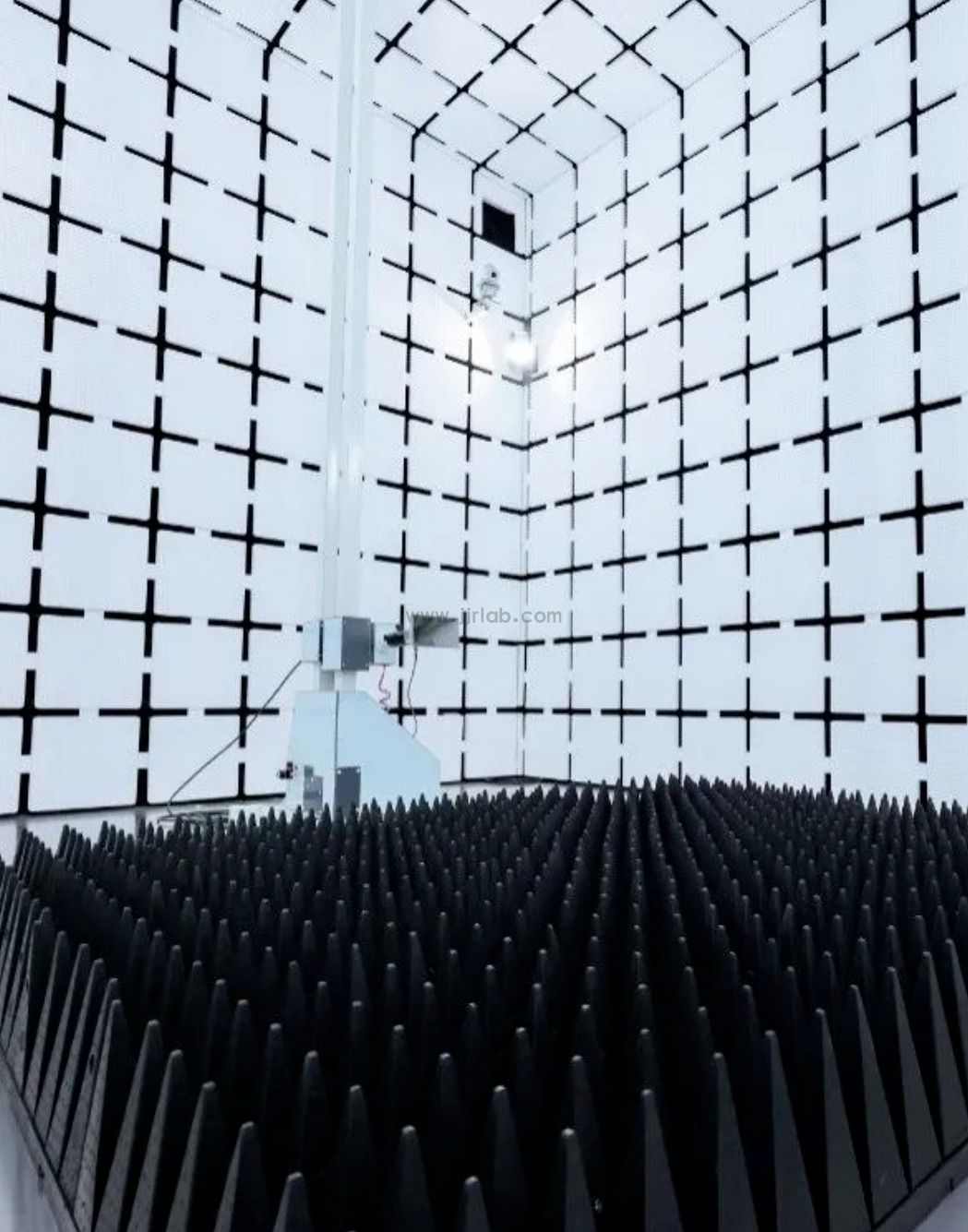 Process and Precautions for Amazon CPC Certificate
Process and Precautions for Amazon CPC Certificate
 E-mark Certification Testing Service Laboratory
E-mark Certification Testing Service Laboratory
 Amazon ISO/IEC 17025 UL Testing Service Laboratory
Amazon ISO/IEC 17025 UL Testing Service Laboratory
 How to get CE Certification for Lighting Products?
How to get CE Certification for Lighting Products?
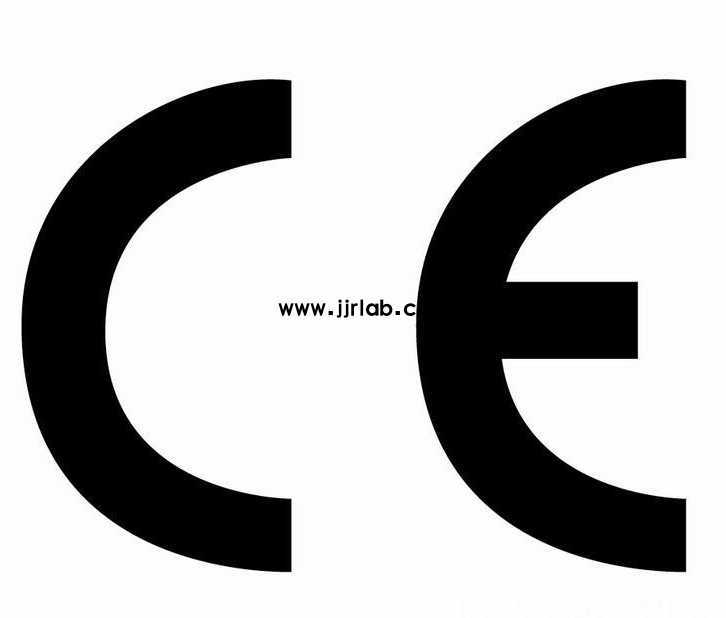 CE Certification Standards & Process for Elect
CE Certification Standards & Process for Elect
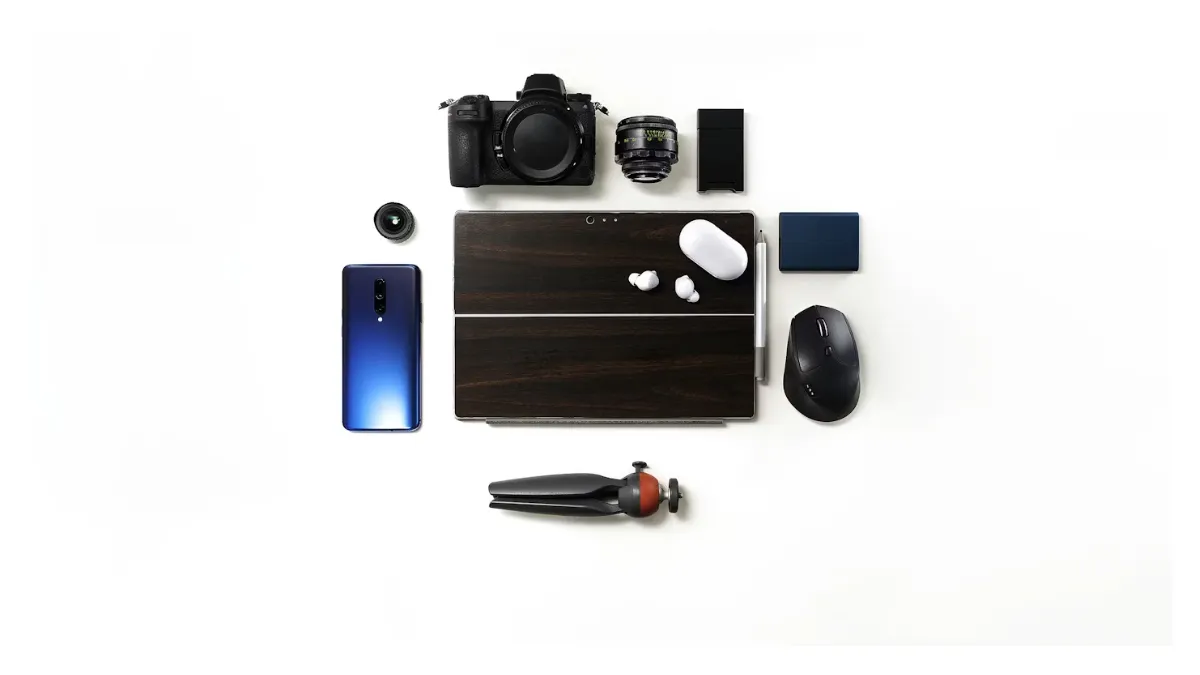 Japan METI Registration & Japanese Agent Servi
Japan METI Registration & Japanese Agent Servi
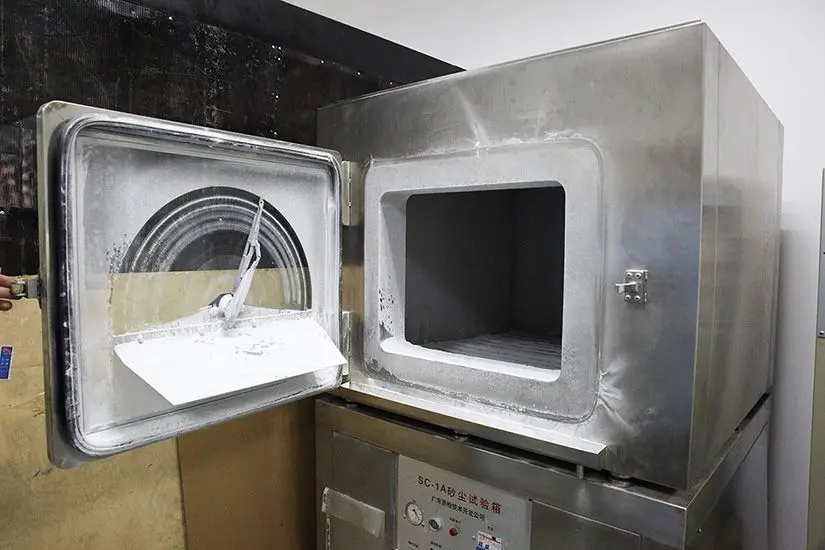 Temperature Shock Test (IEC 60068-2-14:2009)
Temperature Shock Test (IEC 60068-2-14:2009)
Leave us a message
24-hour online customer service at any time to respond, so that you worry!




